In this article, the author will delve into analyzing perspectives on urban population density in the capital Hanoi, when the city advocates building a model of "city within a city".
The Story of Urban Population Density
The Hanoi government's policy is to build an urban model of "city within a city" with the emphasis on satellite urban areas in the gateway areas of the capital, with the goal of creating momentum for socio-economic development and contributing to reducing pressure on population size in the old inner city area.
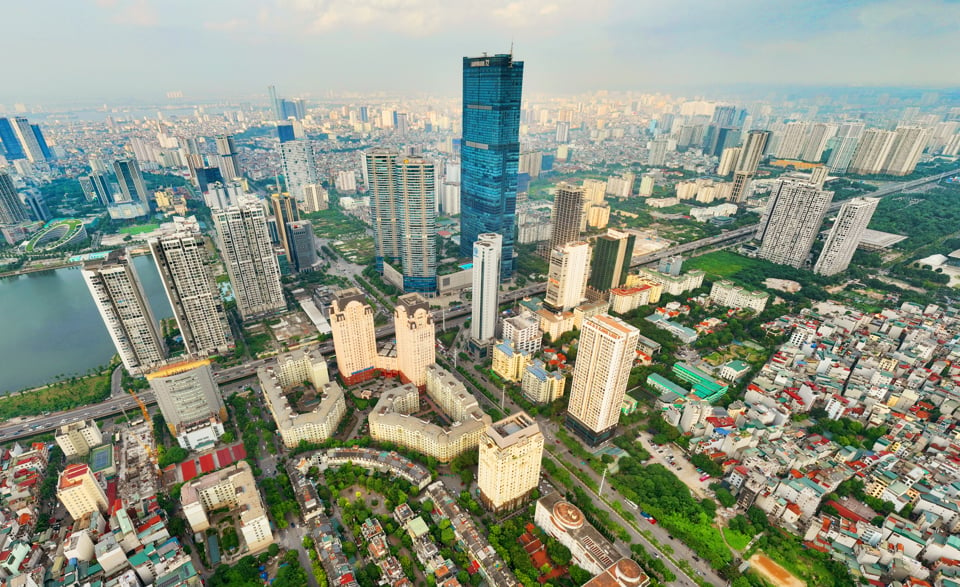
But the nature of the problem can be understood as we are moving towards the relocation and construction of new economic, financial and trading centers, leading to the shift of the real estate market and the formation of new "compressed urban areas".
So what factors influence urban population density? One of the interesting aspects of human personality is our tendency to gravitate toward what we don’t have, and urban population density is a clear example.
Here we will consider the simplest way to measure density to avoid complications, which is the number of people living in an area of 1km2. In short, with its current area and population, Hanoi is far from being on the list of 10 cities with the highest population density in the world. If we calculate locally in Dong Da, Ba Dinh, Hoan Kiem districts with about 35,000 - 40,000 people/km2, it is nothing compared to the central district of Dhaka City (Bangladesh) with about 1 million people/km2, up to 30 times more. This comparison will keep us from panicking and losing our composure about the urban density we have.
Urban scholarship in developed countries in Europe and North America tends to view urban density as a positive, useful attribute, whereas in Vietnam, urban density is almost always considered negative.
While current urban development projects in Europe are often praised for creating high-density residential areas (sometimes called compact cities), in Vietnam, urban areas with (perceived) high density are often criticized, considering it as the indisputable result of a fraudulent calculation of planning indicators to maximize profits or the impact of a condemnable "ask, give" mechanism in urban development.
The story of urban density, if aimed only at the cognitive aspect, that is, on the basis of preferences, tastes or prejudices, would probably be very difficult to find a common voice, because, as people often say, no one argues about tastes.
Urban population density from a sustainable development perspective initially seemed paradoxical, but the realization that high-density residential areas have a significantly smaller carbon print than low-density ones, or that compact cities are more sustainable, has gradually become widely accepted and popularized, especially in the European Community.
A moderately high urban population density, achieved through mixed-use planning and maximum use of transit capacity, will lead to a reduction in the demand for energy and other resources, improved environmental quality, and increased land use efficiency.
Urban population density from the perspective of urban competition: if traditional cities were born mainly based on the need to reduce transportation costs and take advantage of the advantages of production and trade accumulation, then the reason for the existence and development of modern cities is the face-to-face contact of urban residents as the foundation of invention and creativity; or in other words, the knowledge economy can only arise, develop and compete successfully if the creative capacity of urban residents is multiplied, especially through face-to-face contact. Such contacts only occur when population density reaches a certain limit value.
Pressure from directly competing cities
First of all, let us recall the historic event of Hanoi more than 16 years ago, which was the decision to expand the administrative boundaries of the Capital - this was considered a new way of thinking, demonstrating the strategic vision of national development of the leaders at that time.

As we are entering a globalized world and cities around the world are in direct competition with each other, because previously the competing unit was the economy, or in other words, competition between countries, but now the competing unit is the cities.
The purpose of expanding the administrative boundaries is to increase the economic strength of the Capital; at the same time, the Capital has enough land to complete weak or non-existent functions such as: green belts, resettlement areas, ecological urban areas, high-tech zones, environmental waste treatment areas... But more importantly, it is to compete successfully with similar cities in the region. If the competition is not successful, it means that Hanoi will fail as a city and will be lost or dependent (on financial resources from the Central Government, for example).
And one of the greatest successes of Hanoi Capital after more than 16 years, according to our assessment, is not only to build a political and administrative center; but Hanoi is initially successful in building a multifunctional, highly competitive Capital, which is considered an inevitable and objective development trend.
Currently, Hanoi is the most important economic - trading, cultural, scientific - technological and transportation hub of the country. Thus, with this direction, we will have fair competition with similar cities in the region, or in other words, Hanoi's position as the capital will contribute to adding new functions to this model, in line with the trend of the times, and at the same time have greater competitiveness.
So, what problems will building a “city within a city” model help us solve? First of all, it can be affirmed that until now we have realized that the biggest threat to urban areas is not the crowdedness, sometimes to the point of being cramped, but the wilderness that no one wants to go to! Therefore, building a “city within a city” model, in addition to the most important goal of creating momentum for comprehensive socio-economic development of the capital (the most important factor to increase competitiveness with urban areas in the region); improving the quality of life for urban residents is also not outside of that goal.
Here, I will go into the analysis of how satellite cities will create a new lifestyle related to high-rise buildings, helping to reduce the pressure on population density in the inner city. We determine that the target group, that is, the group of customers that satellite urban areas will expect to attract, is a class of young, educated citizens with a high income (international planning terminology often called yuppies, or young urban professionals), and the main thing is that they are ready to accept a new lifestyle associated with high-rise buildings from 25 to 34 floors, some of which are very high compared to Hanoi in the early 2000s.
Accordingly, this core customer class will create a chain reaction in the market based on the social status created by themselves. The main methods used: encourage face-to-face contact of residents by creating moderately high density and open spaces convenient for daily communication, especially for young people, the yuppies; all ground floors are used for public purposes (offices, commerce, health) to avoid the encroachment or "separatism" often seen on the ground floor; create areas without motor traffic and try to promote street-style activities (contrary to Corbusier's concept), creating real vitality for a newly built area.
In my opinion, it is simply because it is much easier to designate a certain city as the capital than to build a successful multifunctional city. In other words, a successful city, that is, one with high economic competitiveness, can be a successful capital at the same time, but a city with only political-administrative functions is unlikely to be able to compete because the success of a city, like a person, is never accidental.
Hanoi, right from its inception, was a multifunctional city that could be said to be successful (otherwise it would have fallen into oblivion!). Initially, the convenient waterway transportation system based on the Red River made trade and transactions develop. The capital's location made traditional service and handicraft industries play an important role.
The results of industrialization since 1954 have transformed Hanoi from a consumer city into a production city. Currently, Hanoi is the most important economic, trading, cultural, scientific, technological and transportation hub in the country. Developing the model of a “city within a city” is the premise for socio-economic development and improving people’s lives in the future.
The project to adjust the Hanoi Capital Master Plan to 2045, with a vision to 2065, identifies and develops a number of urban areas according to the model of "city within a city" with specific mechanisms and policies for the Capital. According to each stage of development, regulations on urban administrative unit standards, proposals for the National Assembly and the Government to establish urban-level administrative units such as cities and districts to have an administrative management apparatus suitable to development requirements. In particular, in the immediate period, Hanoi will study the formation of 2 cities under the Capital according to Resolution No. 15-NQ/TW, which are to build a science and training city (Western city) in the Hoa Lac area and an airport city (Northern city) including: part of Dong Anh, part of Me Linh around Noi Bai airport and Soc Son district.
Source: https://kinhtedothi.vn/mo-hinh-thanh-pho-trong-thanh-pho-tien-de-nang-cao-chat-luong-song-cua-nguoi-dan.html


![[Photo] "Beauties" participate in the parade rehearsal at Bien Hoa airport](https://vstatic.vietnam.vn/vietnam/resource/IMAGE/2025/4/11/155502af3384431e918de0e2e585d13a)
![[Photo] Looking back at the impressive moments of the Vietnamese rescue team in Myanmar](https://vstatic.vietnam.vn/vietnam/resource/IMAGE/2025/4/11/5623ca902a934e19b604c718265249d0)




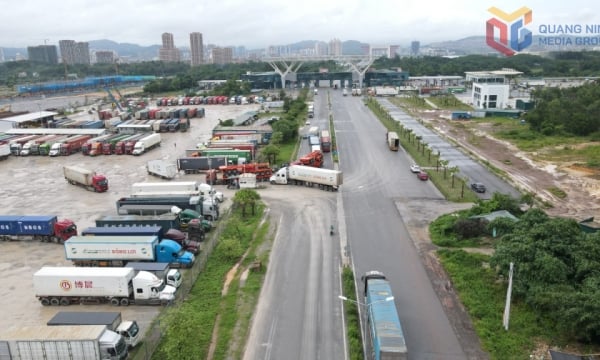

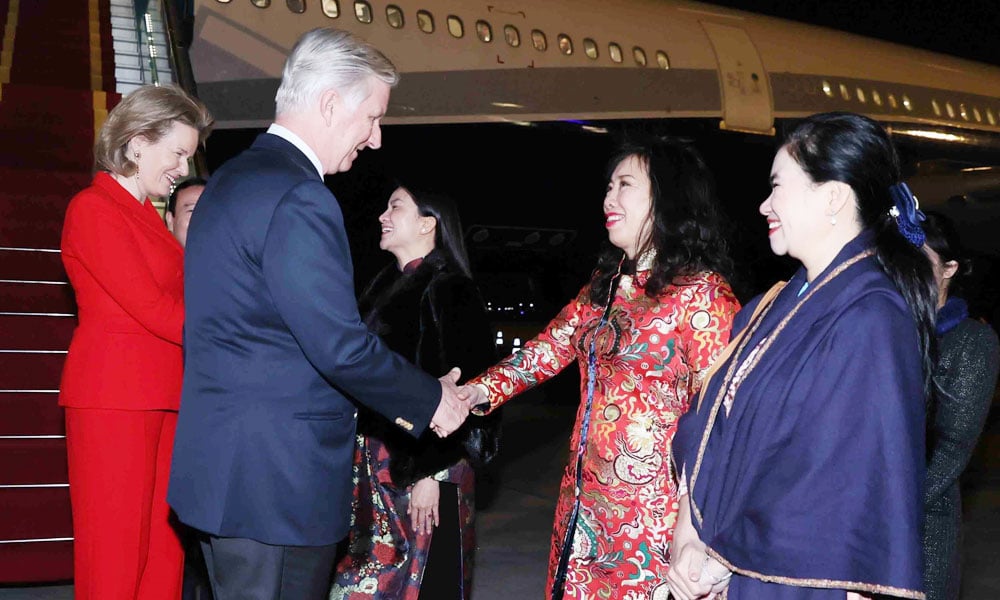

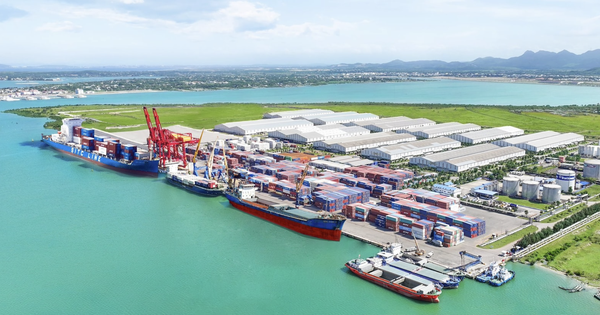

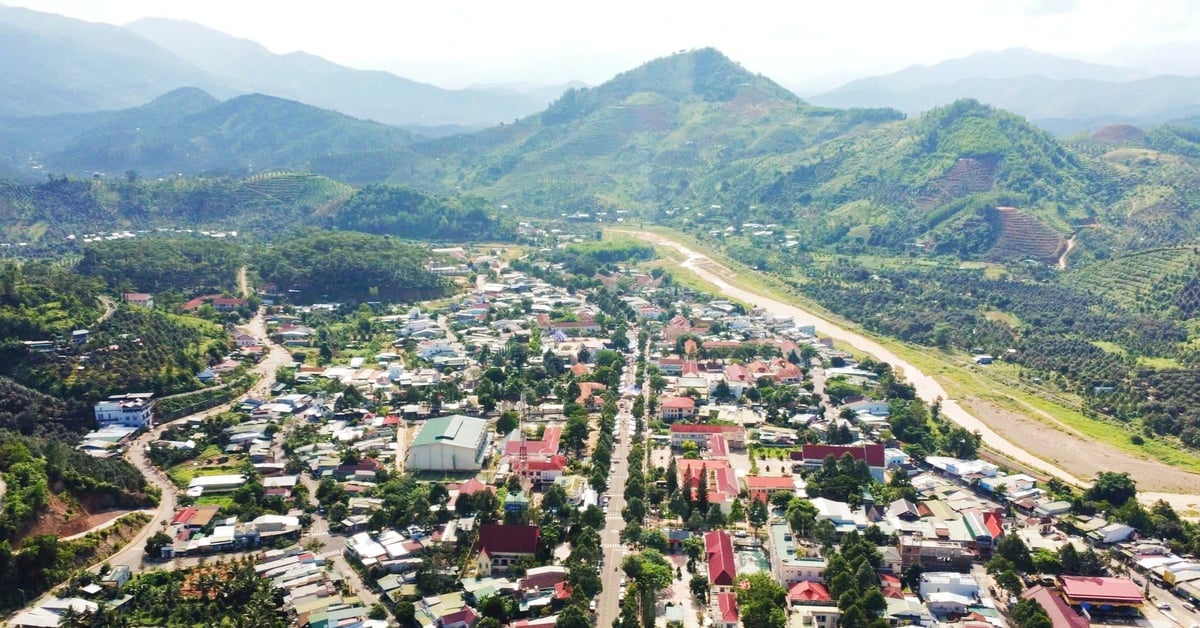

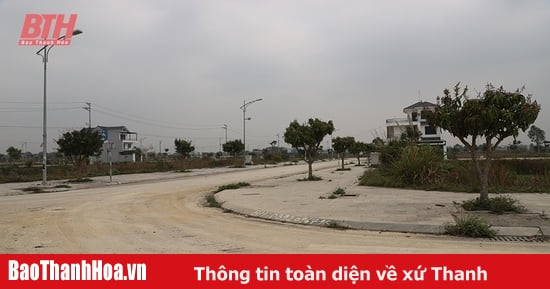
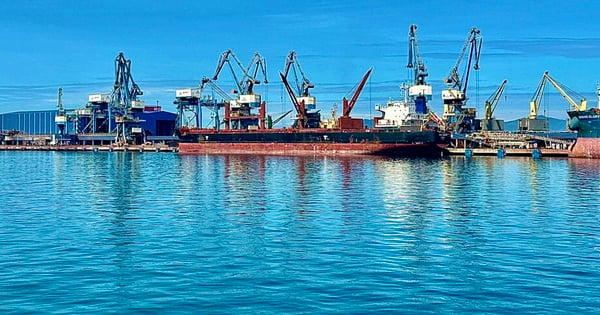
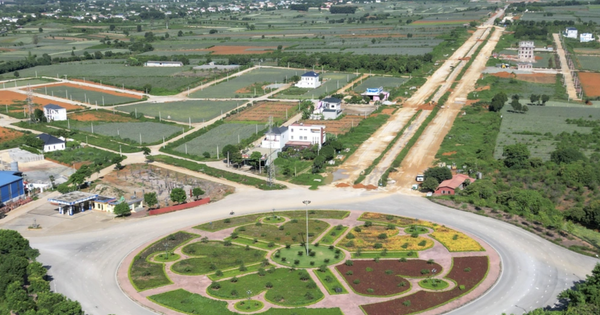



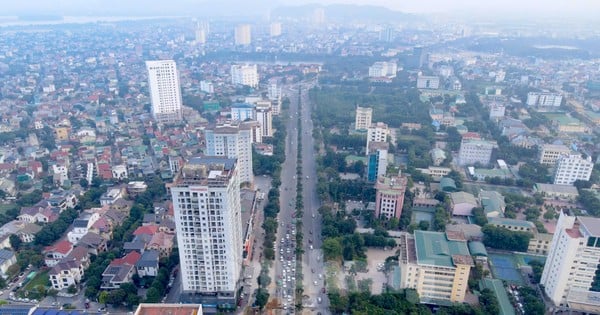
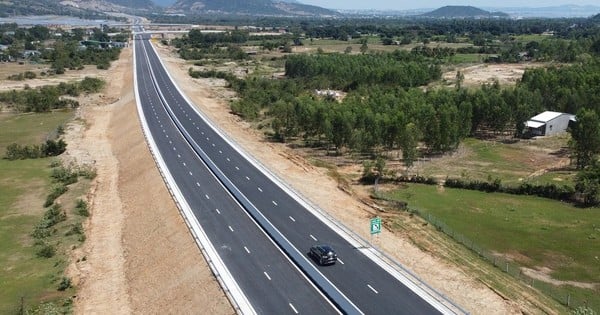



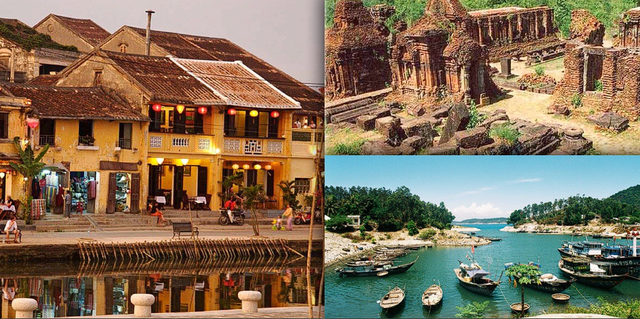
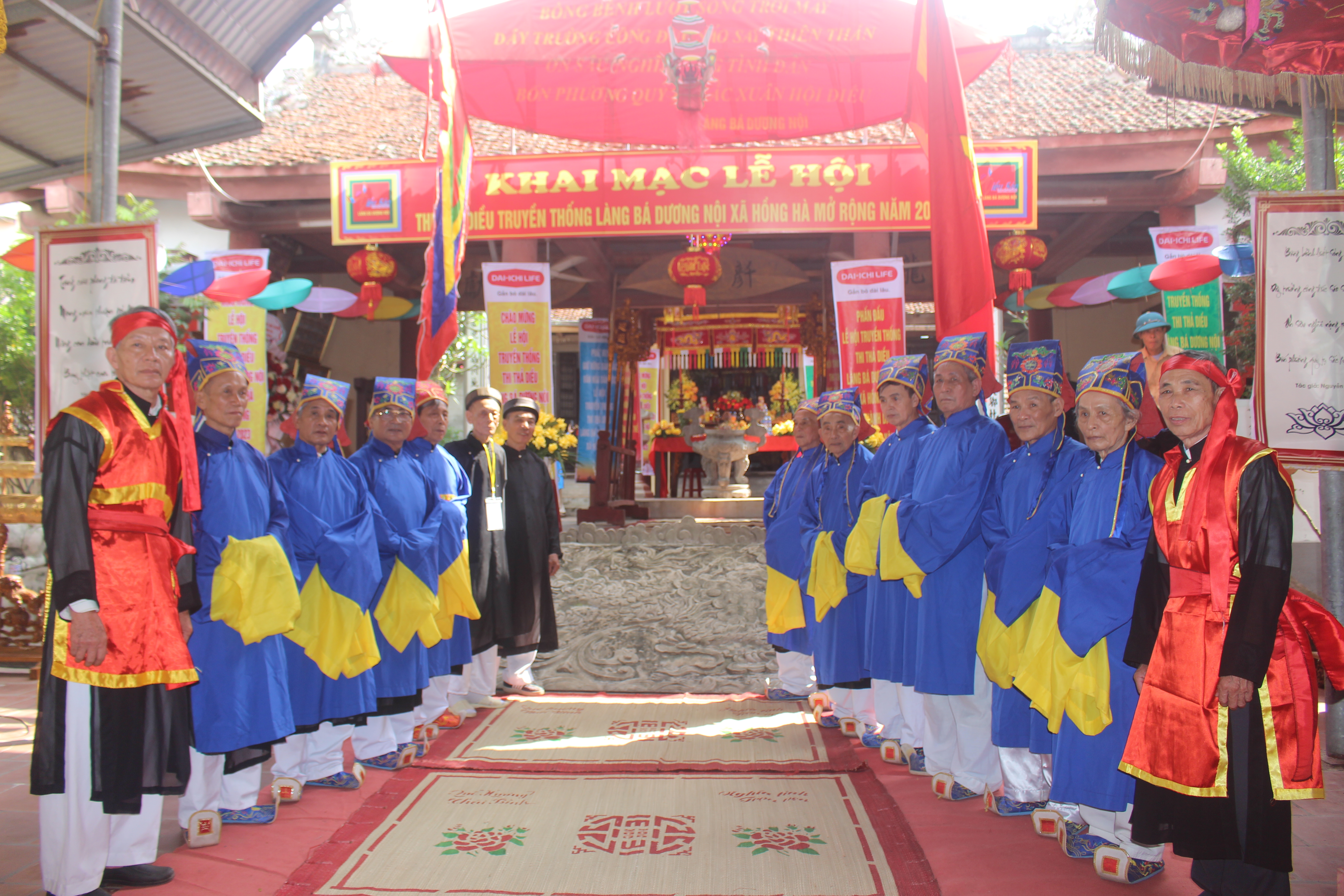

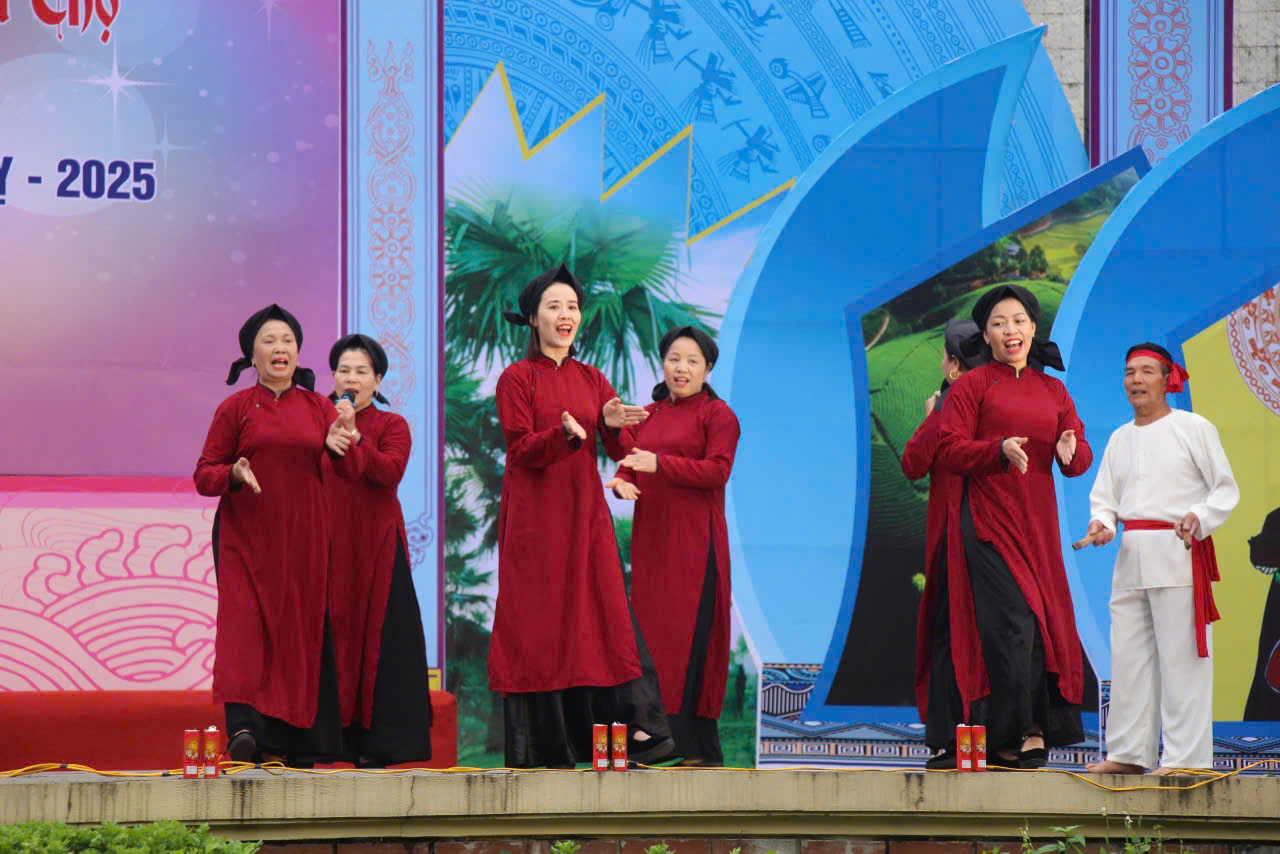


![[Photo] Summary of parade practice in preparation for the April 30th celebration](https://vstatic.vietnam.vn/vietnam/resource/IMAGE/2025/4/11/78cfee0f2cc045b387ff1a4362b5950f)












































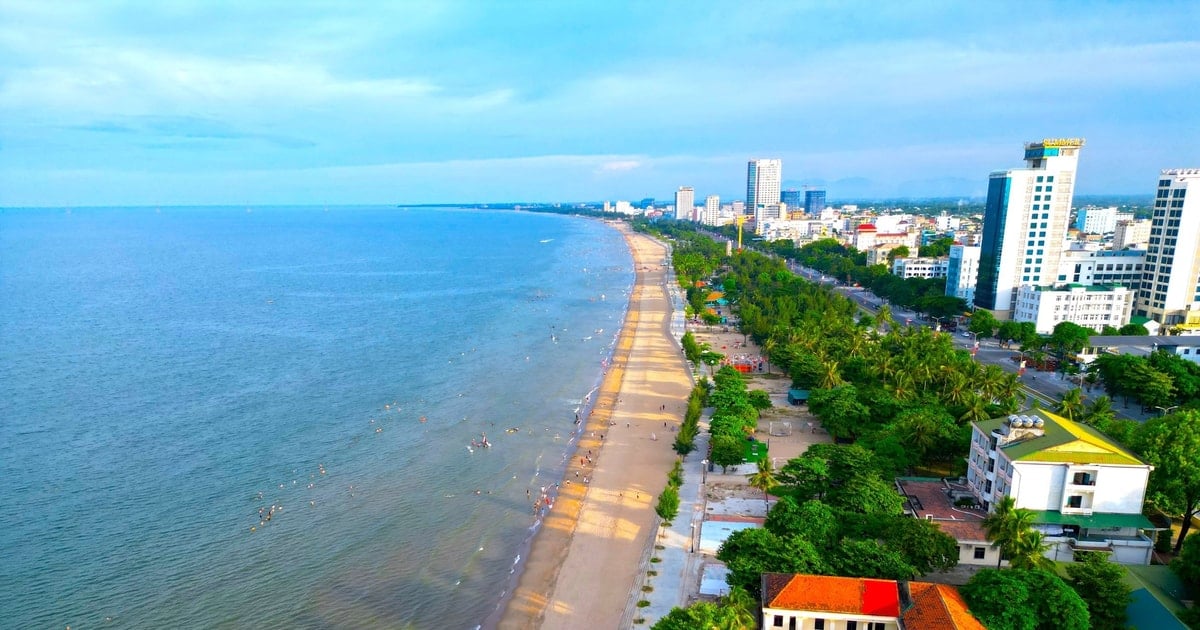
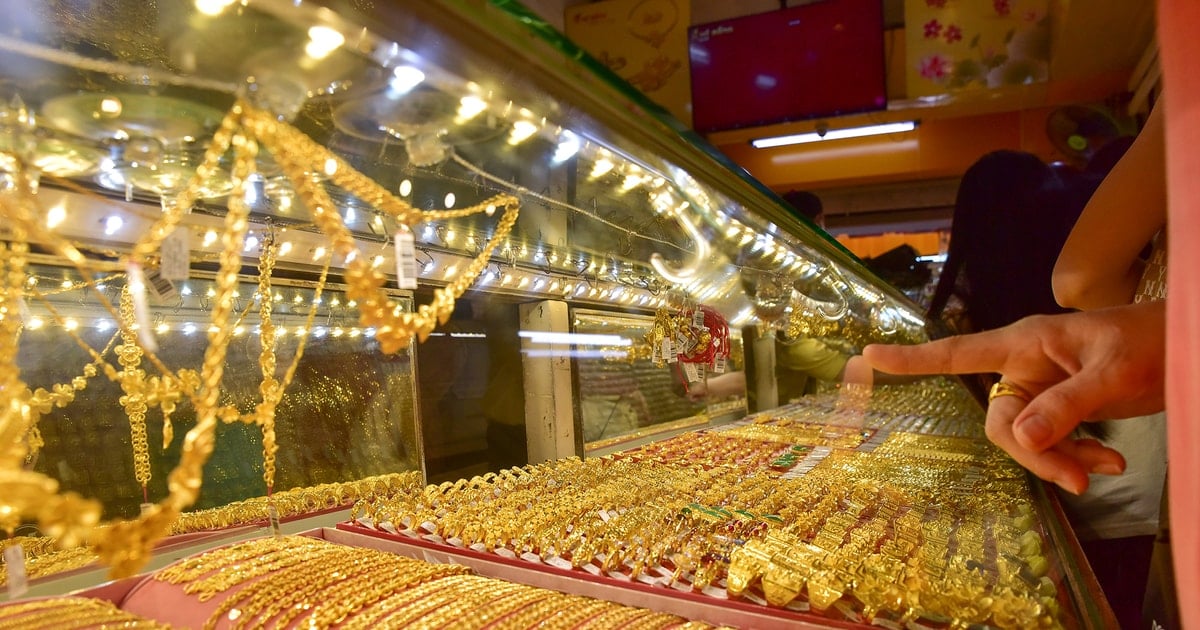

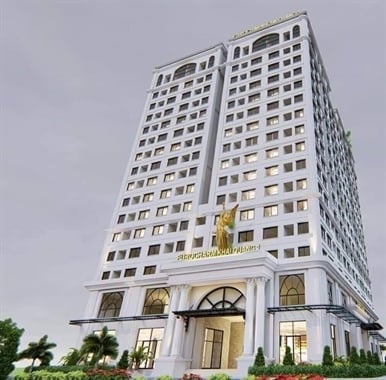











Comment (0)